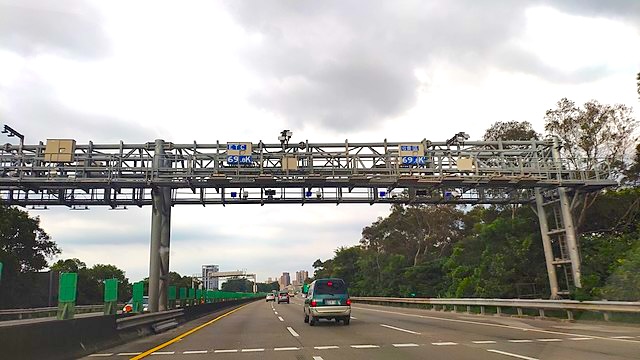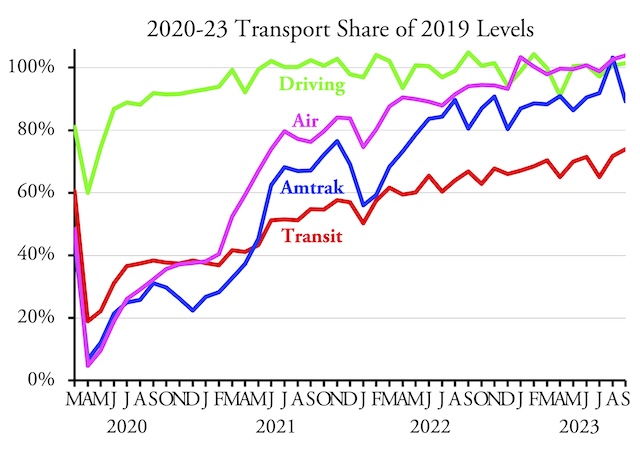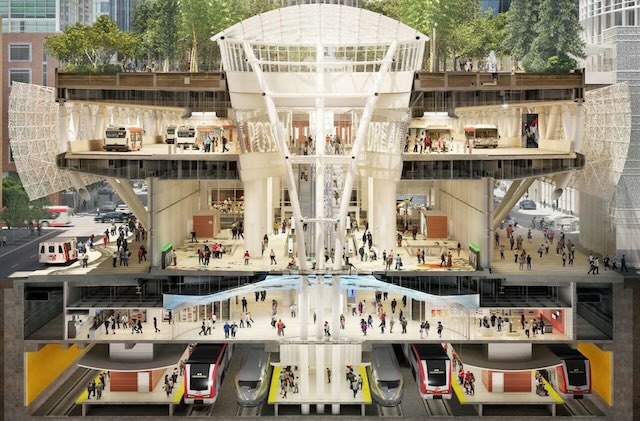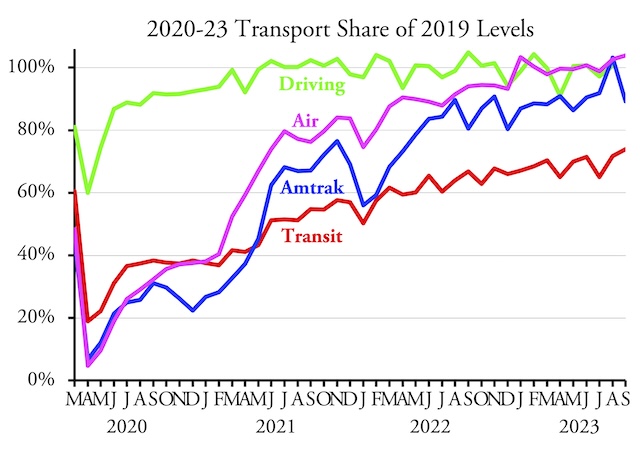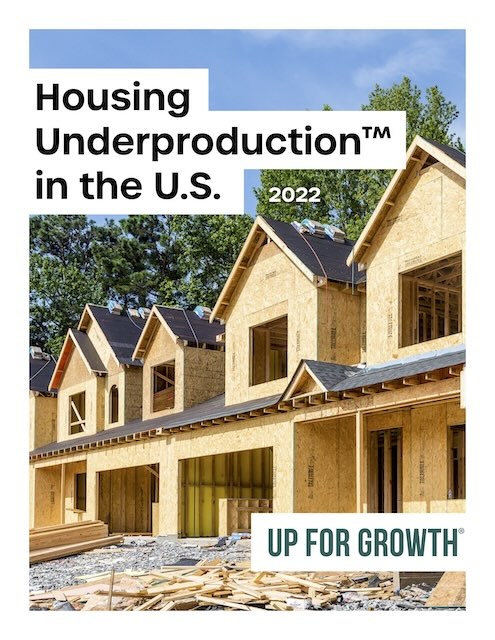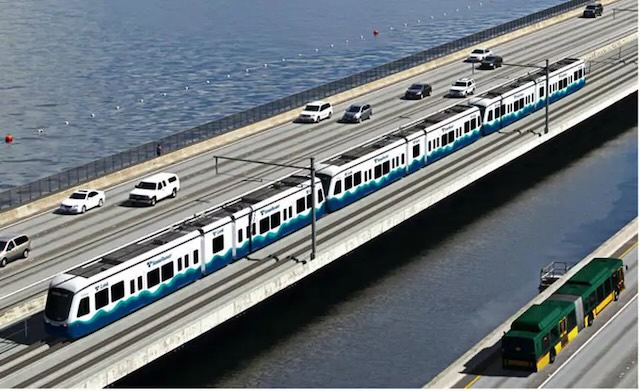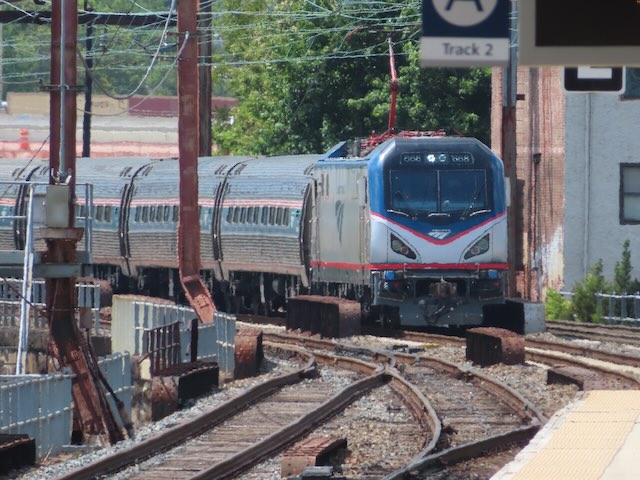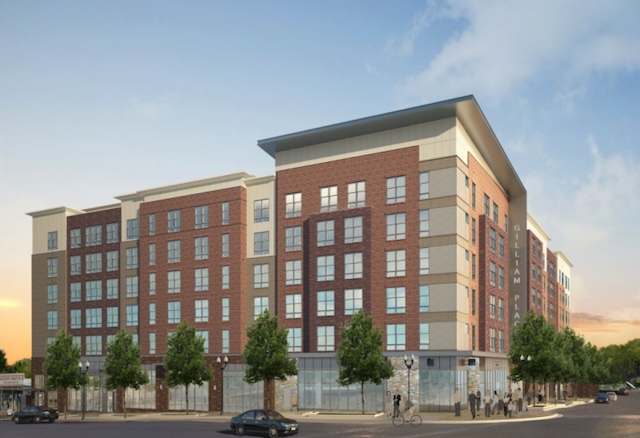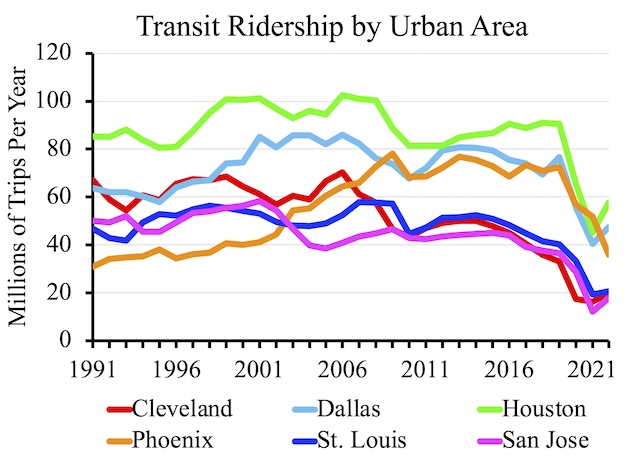The Oregon Department of Transportation is planning to toll all lanes of major freeway in the Portland area soon. The San Francisco Bay Area Metropolitan Transportation Commission is considering tolling all freeways in the region later this decade. Plans such as these always raise charges that they will heavily impact low-income drivers.
An electronic tollgate that collects tolls without slowing traffic. Photo by OnionBulb.
In response, the Antiplanner has argued that low-income people will greatly benefit from variable-priced tolling. While many taxes, including gas taxes, are regressive, tolling is not because people pay for only what they use. Congestion, however, is regressive because low-income people are less likely to be able to work at home or on flexible schedules that allow them to avoid rush hour. “If variable user fees can relieve that congestion, working-class people will be among the greatest beneficiaries.” Continue reading

